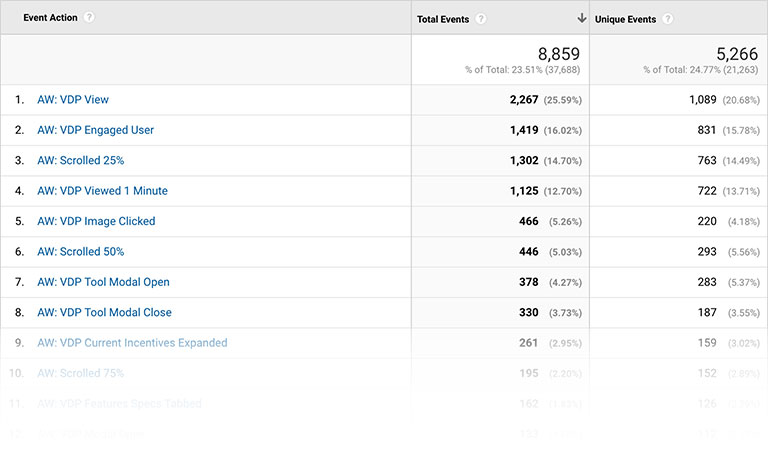What is Google Tag Manager and How is it Different from Google Analytics?
Two Separate Tools. One Common Goal.
There has been a lot of confusion among newer web marketers and website shoppers about the difference between Google Tag Manager and Google Analytics. Like many others, you’re probably setup with Google Analytics right now with a basic or moderate understanding of it’s features. While web devs and marketers are raving about Google Tag Manager, it’s worth looking into what it is and how you can start using it on your website. By the end of this article you’ll have a good, general understanding of Google Tag Manager and a few ideas for how to implement it on your website.

What is Google Tag Manager?
Google Tag Manager (GTM) is a tool that allows you to easily manage and deploy website tags on your website. These tags are small bits of JavaScript on your website that you can configure to send useful information to several different third-parties, including Google Analytics. Don’t know how to write JavaScript? Don’t let that concern you. Google Tag Manager handles all of that for you. Google Tag Manager is composed of three main components; tags, triggers, and variables. Variables will be discussed in a later article.
Tags and Triggers
As previously mentioned, tags are small bits of code that you can setup and manage through Google Tag Manager. Tags are sent when one of their assigned ‘triggers’ are fired.
A trigger in Google Tag Manager is a condition or set of conditions that must occur on your web page in order to fire your tag. Triggers can be set to fire tags based on clicks, page views, JavaScript errors and more.
You can choose from many different types of tags. Tag types, or ‘tag configurations’ correspond with different third-party tools you might use to manage your data or marketing. Common third-parties to send your tags to include:
- Google Analytics
- AdWords
- DoubleClick
- Adometry
- Google Optimize
- Google Surveys
Tags and Google Analytics
One of the most common uses for GTM tags are to send bits of data into your Google Analytics account. The most common use of GTM tags among our clients is to send ‘events’ to Google Analytics. Events are used in Google Analytics to track… you guessed it… events that occur on your website.
We regularly create GTM tags that create GA events for all sorts of things like:
- Page views to your product pages
- Page scrolled to 50% of page height
- Social media links clicked
- User spent 2 minutes on blog post
- Form submissions

By using Google Tag Manager to create Google Analytics events, you can track hundreds – even thousands – of unique interactions on your website that you can use to make actionable marketing decisions. You can collect data on user experiences like blog engagement by creating tags that are triggered by time on page, scroll depth, image and link clicks, or many other factors. You can do AB testing by monitoring button clicks based on their color or design.
You can even compare your events by Google Analytics referrals, ad sources and mediums, and traffic types. Are your ads bringing in high quality traffic? By creating the right tags in Google Tag Manager, you can track just about anything.
